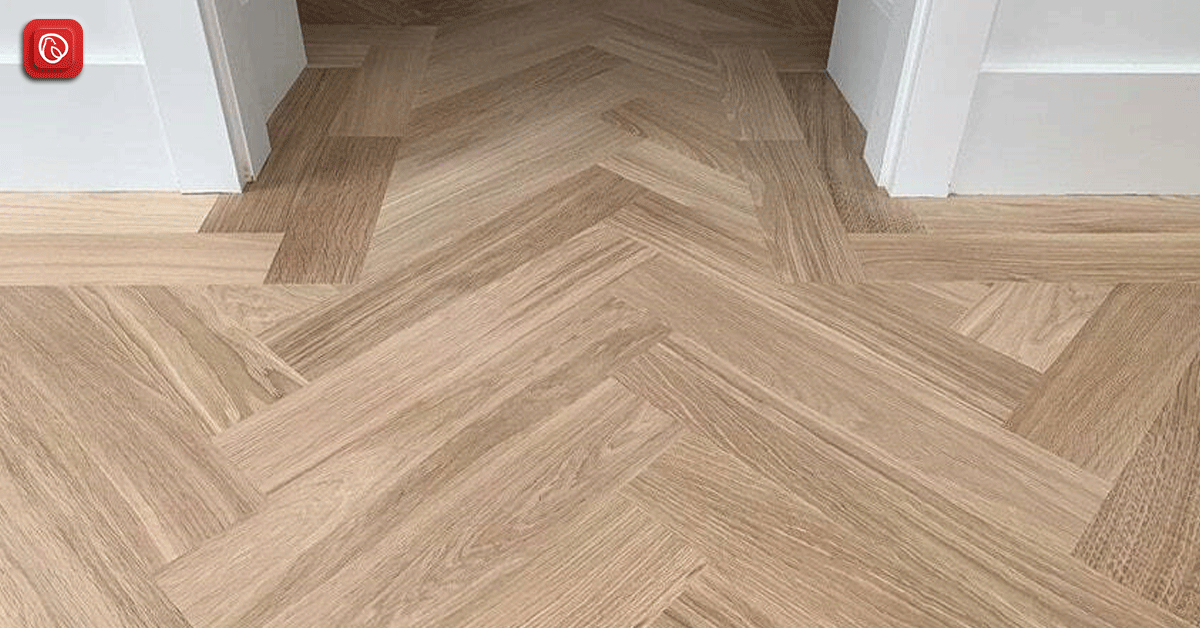
Beautifully intricate and elegant, parquet flooring is the term used to describe the geometric patterns made from multiple wooden panels. The word “parquet” is French for “a small compartment” and explains the use of decoratively laying wooden pieces in an intricate pattern. If you’re reading this, it means you’re curious about the history, origin, style and longevity of parquet floors.
In this blog, Graana.com discovers everything you need to know about this type of flooring, and whether it could be suitable for your next project.
Parquet flooring has a rich and royal history, starting in 16th century France. Skilled artisans would lay interlocking wooden panels into geometric shapes to replace troublesome stone or marble flooring. Weighing a lot less than stone or marble, the new parquet wooden flooring put less strain on the timber framework and would be easier to maintain.
King Louis XIV replaced the marble floors in the rooms of the Palace of Versailles with what is now known as the design “Parquet de Versailles”. Ever since, this flooring has been synonymous with elegance, prestige, and luxury.
The style and durability of a wooden floor cannot be overstated when it comes to this particular type of flooring. The geometric designs of a parquet floor are stylish, timeless, and exude an effortless elegance that can transform your space.
As it refers to a geometric pattern of inlaid panels of wood, there can be an almost infinite number of parquet designs. However, the four most popular parquet flooring designs are:
Panels of wood with equal lengths, cut into rectangles with flat 90° angles, create the Herringbone design. Each plank’s end touches the side of another panel, forming a beautiful and stable design that limits movement due to the tightly packed arrangement of the planks.
In Chevron parquetry, the planks of wood have equal lengths, but their ends are cut at an angle. Placing the top end of one plank against another creates a “V” shaped pattern, commonly known as a chevron, similar to the herringbone design.
As mentioned earlier, we highlight this pattern for its renowned use in the grand Palace of Versailles. No doubt, this design is beautifully intricate, with interlacing diagonals. Certainly, versailles is a truly elegant statement piece.
The mosaic or “brick” pattern is a simple, yet effective design, made up of small rows of wooden panels that form square tiles. Placing each tile perpendicular to the tile next to it achieves the mosaic pattern, forming a simple yet pleasing effect on the eye.
Yes, parquet floors are real wood. Composed of individual wood pieces arranged in geometric patterns, parquet is a type of hardwood flooring. This intricate design enhances the aesthetic appeal while maintaining the authenticity and durability associated with real wood, making it a popular choice for elegant and timeless interiors.
Here are 5 pros and cons to consider when choosing a parquet floor if you’re renovating your home or apartment.
For more information, visit Graana.com.
ISLAMABAD, Pakistan – April 23, 2025 – Chaaye Khana, Pakistan's popular cafe renowned for its…
ISLAMABAD: Prime Minister Shehbaz Sharif laid the foundation stone for the Murree Road underpass on…
DUBAI: Pakistani real estate developers and representatives showcased a range of commercial and residential investment…
ISLAMABAD: Capital Development Authority (CDA) is currently undertaking a major Rs652 million project to upgrade…
Karachi – Mayor Barrister Murtaza Wahab has announced the launch of a citywide anti-encroachment operation…
ISLAMABAD: CDA Chairman Muhammad Ali Randhawa has directed the immediate restoration of 23 non-functional water…